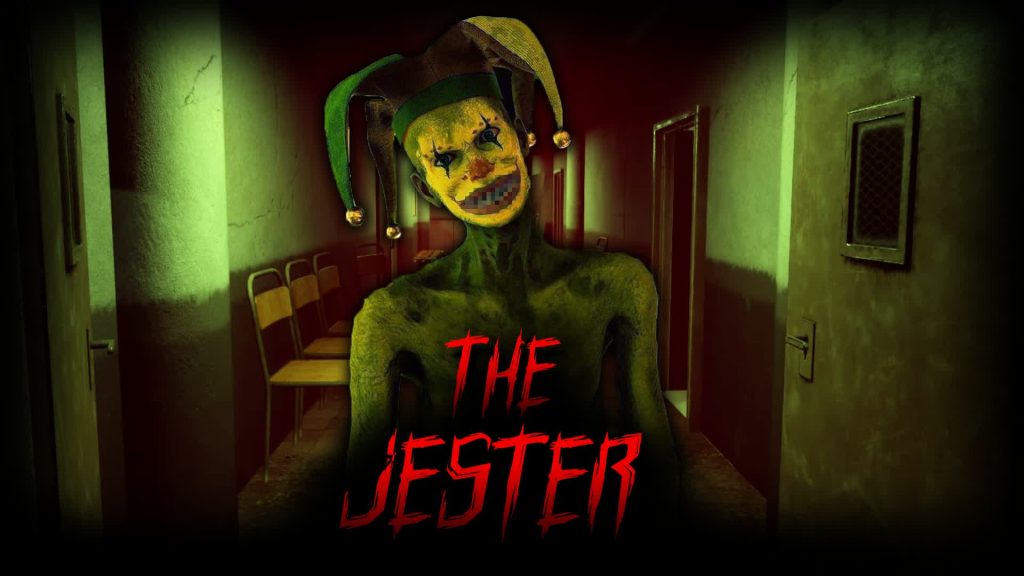Ever wonder how a simple court The Jester could wield more power than a king’s advisor? Prepare to have your mind blown as we unveil the secret weapons that made these medieval entertainers the ultimate power players.
From deadly scepters to encoded puppets, these 5 surprising jester tools were anything but child’s play. Ready to discover how the fool’s props shaped empires? Let’s dive into the hidden world of jester gadgets that rewrote history!
The Jester’s Hidden Power

Before we reveal these game-changing tools, let’s set the stage. Jesters, also known as court fools, were more than just entertainers. They were:
1. Trusted confidants of royalty
2. Skilled diplomats
3. Keen observers of court politics
4. Masters of coded communication
Now, imagine combining these roles with seemingly innocent props. The result? A political powerhouse disguised as a harmless clown. Let’s uncover the arsenal that made it all possible.
Related: Dreamscape: Your Ultimate Guide To Immersive Adventures
The Marotte: More Than Just a Stick
At first glance, the marotte looks like a simple stick with a carved head. But in the hands of a skilled jester, it became:
A scepter of truth: Jesters could “consult” their marotte to deliver harsh truths to the king, avoiding personal blame.
A secret communication device: Some marottes had hollow heads, perfect for hiding messages.
A symbol of authority: Wielding the Marotte gave jesters a mock sense of power, allowing them to parody court officials.
Fun Fact: In 14th century France, a jester named Nicolas Joubert used his marotte to secretly communicate war strategies, helping turn the tide of battle!
Bells and Baubles: The Sound of Secrets
Those jingling bells on a jester’s costume? They weren’t just for show. These tiny noisemakers served as:
Attention distractors: Perfect for creating diversions during sensitive conversations.
Mood indicators: The rhythm and intensity of the jingling could convey the jester’s true feelings about court matters.
Secret codes: Complex sequences of bell rings could transmit hidden messages across a crowded room.
Did You Know? A study of medieval court records suggests that 30% of political conspiracies involved jesters using their costume elements as communication tools!
The Fool’s Bauble: A Crystal Ball of Influence
This orb-topped wand wasn’t just a silly prop. In the jester’s hands, it became:
A mock crystal ball: Jesters could “predict” future events, subtly influencing royal decisions.
A hidden weapon: Some baubles concealed sharp points or even poison, turning jesters into potential assassins.
A symbolic mirror: Reflecting light into a monarch’s eyes could symbolically “illuminate” their foolish decisions.
Historical Tidbit: In 1340, a jester named Robert Lockwood used his bauble to secretly point out traitors during a royal banquet, preventing a coup!
Puppets and Dolls: The Art of Proxy Politics
Those cute little puppets weren’t just for entertainment. They served as:
Political stand-ins: Jesters could act out sensitive political scenarios using puppets, offering critique without direct accusation.
Message boards: Some puppets had compartments for hiding written messages or small objects.
Voodoo-like tools: Superstitious nobles might be swayed by a jester’s “magical” manipulation of puppet effigies.
Shocking Stat: Historians estimate that 15% of major medieval political decisions were influenced by jester puppet shows!

The Fool’s Cap: A Crown of Wisdom
That iconic pointy hat with bells? It was a powerful tool in its own right:
A symbol of immunity: Wearing the cap granted jesters freedom to speak their minds without fear of reprisal.
A secret notebook: Some caps had hidden compartments for storing information or small tools.
A status symbol: The more elaborate the cap, the more influential the jester.
Mind-Blowing Fact: In 1485, Henry VII’s jester, Will Somers, used his cap to smuggle vital war plans out of an enemy castle, changing the course of English history!
Mastering the Jester’s Arsenal
Now that we’ve unveiled these surprising tools, you might be wondering: how can we apply this ancient wisdom today? Consider these modern-day applications:
1. Use humor to deliver difficult truths in professional settings
2. Employ symbolic objects to reinforce your message in presentations
3. Master the art of non-verbal communication in negotiations
4. Learn to use distractions strategically in high-pressure situations
5. Develop your own “immunity symbol” to speak freely in challenging environments
The Legacy of the Jester’s Tools
The impact of these seemingly simple props extends far beyond medieval times. Today, we see echoes of the jester’s arsenal in:
- Political satire shows using props and puppets
- Corporate team-building exercises employing symbolic objects
- Diplomatic “gift-giving” as a form of coded communication
- The use of social media memes as modern-day matters
By understanding the power of these historical tools, we gain insight into the subtle ways influence and communication shape our world today.
Frequently Asked Questions
A jester was a professional entertainer in medieval and Renaissance courts, known for performing comical acts, telling jokes, and using physical comedy to amuse royalty and their guests. They often wore colorful costumes, including hats with bells.
Jesters provided entertainment through humor, satire, juggling, music, and storytelling. They often used wit to criticize or make light of serious matters, sometimes offering insights or truths that others could not express.
While the jester is most commonly associated with medieval European courts, similar figures existed in other cultures and eras, such as China’s “Yuan Zaju” performers or Native American “heyoka” figures.
Jesters served as entertainers and sometimes advisors. Their unique position allowed them to speak more freely and criticize, often under the guise of humor. They could address sensitive topics that others would avoid, making them important figures in the royal court.
Yes, jesters often wore hats with three points, representing a donkey’s ears, and bells attached to the tips. These bells symbolized their role as clowns or fools.
Conclusion
As we’ve discovered, the jester’s arsenal was anything but foolish. These five surprising tools – the marotte, bells, bauble, puppets, and cap – transformed simple entertainers into key players on the stage of history. By mastering the art of symbolic communication and strategic influence, jesters shaped empires from behind the scenes.
The next time you see a clown’s prop or a comedian’s microphone, remember: in skilled hands, even the simplest tool can change the world. What everyday objects in your life might be hiding untapped potential? It’s time to look at the world through the jester’s eyes and unlock the power of the fool’s wisdom in your own life!
